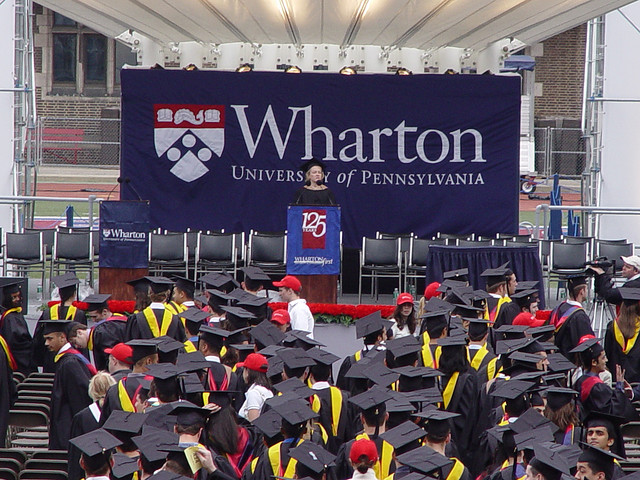Stanford and Its Start-ups: With StartX, Has the University Gone Too Far? : The New Yorker
Jared Sperli stashed this in startup
Stashed in: education, economics, Education
Stanford University is a wealthy school. Its seventeen-billion-dollar endowment exceeds the G.D.P. of Jamaica. But the university, which is constantly under construction, is surrounded by even greater wealth: Facebook is to the north, Apple to the south, Google to the east, Sand Hill Road to the west. Stanford is like a man sailing a beautiful new boat who looks around and sees his friends in yachts.
Stanford’s board of trustees began, in the mid-aughts, to gaze at the masts around the Bay, according to Randy Livingston, the university’s chief financial officer. Every major American tech company has some deep connection to the university, and the trustees began to ask questions, Livingston told me. “Why aren’t we investing directly in these ventures? Why are we creating all these opportunities and seeing the venture capitalists disproportionally profit?”
Last week, partly as a result of those inquiries, Stanford announced that, in partnership with its hospital, the university will begin investing in companies founded by its own students. Scholar-entrepreneurs can now apply to a start-up incubator called StartX, which was itself created by students in 2009. Until now, StartX has mainly offered training and opportunities for networking, and office space just off campus. Now, accepted companies will also be offered university money. StartX accepts eight to ten per cent of applicants. If they’re good enough to get accepted, and good enough to raise at least half a million dollars with support from serious outside investors, they’re good enough for Stanford’s endowment. The university intends to fund about ten per cent of each investment round. The initial numbers will be small—think Ashton Kutcher with palm trees—but Livingston expects that, in five years, the university will distribute between fifty and a hundred million dollars. In return, the school gets equity and, maybe one day, cash. This past spring, I joked that the university resembles “a giant tech incubator with a football team.” The football team is ranked fifth in the country; the incubator is surely ranked first.
Stanford has always played the role of Silicon Valley’s queen mother—and, sometimes, its handmaiden. The university likes to boast that its alumni and faculty have founded close to forty thousand companies. Stanford has given us search engines, synthesizers, and glowing mice. Its best students invent products, while the best students from so many other places go on to develop new methods of financial engineering. Last year, Stanford changed its logo because the old one didn’t look good on an iPhone. (A disclosure and a tiny data point: I’m an alumnus and the co-founder of a Silicon-Valley backed company.)
Yeah, I know the conflict of interest between a professor and investor first hand.
http://articles.latimes.com/1990-03-06/local/me-1998_1_student-newspaper
Our university frowned upon it with a big stick. Likewise in 1998/1999, Irvine was so freaked out by letting the next "Netscape" out of the university, they wouldn't license anything without completely draconian licensing terms that ran counter to trying to make something commercially successful.
I hope Stanford gives up on this folly.











5:18 PM Sep 11 2013